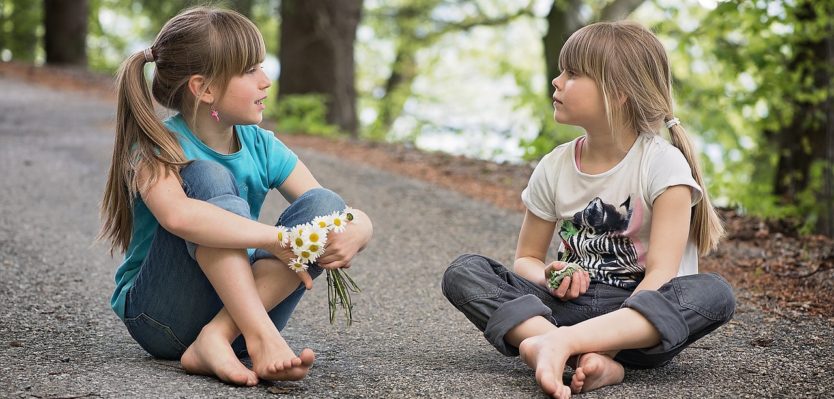
How to write dialogue? That’s something that should come naturally. After all, most of us spend at least a portion of each day in conversation with other people. But creating dialogue is more than simply transcribing actual speech. It’s even more complicated in children’s books, because the age of the reader must also be taken into consideration.
Written dialogue is a compressed form of real speech; it’s the meat of the conversation with all the fillers removed. Picture books and easy readers–books written for children ages eight and under–are told primarily through action, and the dialogue reflects this action. The characters’ speech in these books must give a sense of their personalities, but also clue the reader into what’s happening in the story. Just as plot has a forward direction, so must the dialogue.
In Arthur’s Loose Tooth, an easy reader by Lillian Hoban, Arthur’s dilemma is presented to the reader through a portion of a conversation with his sister:
“Guess what we are having for dessert,” said Violet. “It is your favorite treat! It is
taffy apples!” “Taffy apples!” said Arthur. “I can’t eat taffy apples with a loose tooth!
It might get stuck in the taffy!” “Well, if it gets stuck, you can pull it out,” said Violet.
“I don’t want to pull it out,” said Arthur.
Using simple, complete sentences necessary in an easy reader, the author has revealed the story’s action through natural-sounding dialogue. But how to write dialogue as stories get longer and more complicated? In these cases, the back-and-forth chatter between characters can be less linear. In real life, each person bring his or her own viewpoint into the conversation and gets something different out of the exchange. Allowing the dialogue to bounce around naturally can add humor to the scene and go a long way toward character development. However, the author still needs to be mindful of giving the reader new information that supports the plot.
In this excerpt from Marvin Redpost: Alone in His Teacher’s House, a chapter book for ages 6-9 by Louis Sachar, Marvin is dog sitting for his third grade teacher:
“Let me see the key,” said Stuart. “Did you look in her closet?” asked Nick. “No,” said
Marvin. Why would he look in her closet? “How about her refrigerator?” asked Nick.
“Did you at least look in her refrigerator?” “Let me see the key,” Stuart said again.
“How about her bathroom?” asked Nick. “I don’t remember,” said Marvin. “You don’t
remember if you saw her bathroom?” asked Nick. “Let me see the key,” said Stuart.
Dialogue is a chance for the character to speak in his own voice. But real dialogue is not exclusively something that’s said out loud. The speaker is also carrying on an internal conversation at the same time. In book genres such as middle grade and young adult novels, this inner dialogue of the main (viewpoint) character can also be shown to the reader. It’s the author’s perfect chance to allow the character to divulge deeper elements of her personality without stopping the forward movement of the plot.
Rachel Vail’s The Friendship Ring series offers terrific examples of seventh grade dialogue. In this excerpt from Zoe, the first book in the series, Zoe and a classmate are talking about best friends:
“Well,” CJ said slowly. “I was best friends with Gideon Weld when we were little, but
then, you know, we figured out he was a boy and I was a girl, so that ended that.”
“Right,” I said, like obviously you couldn’t be best friends with a boy. I’m just friends
with anybody. Nothing of my own. Why didn’t that ever bother me before? “And since
fourth grade, it’s been Morgan, although, sometimes, lately, I feel like she doesn’t
understand me,” CJ whispered. “But yeah, I guess it’s Morgan. Who’s yours?” “I don’t
know.” I faced away from her, toward the door, and folded my pillow over. “I don’t
have one.”
For those struggling with the question of how to write dialogue, remember that dialogue that’s convincing and interesting is so much more than the words that come out of characters’ mouths. How a character speaks–complete with pauses and sentence fragments–can show his emotional state. How a character moves while talking adds layers of meaning to the dialogue. The setting within which the conversation takes place can affect the discourse. Dialogue is intricately connected to every other element of writing, and only when it’s seamlessly woven into the fabric of the story does the book become whole.
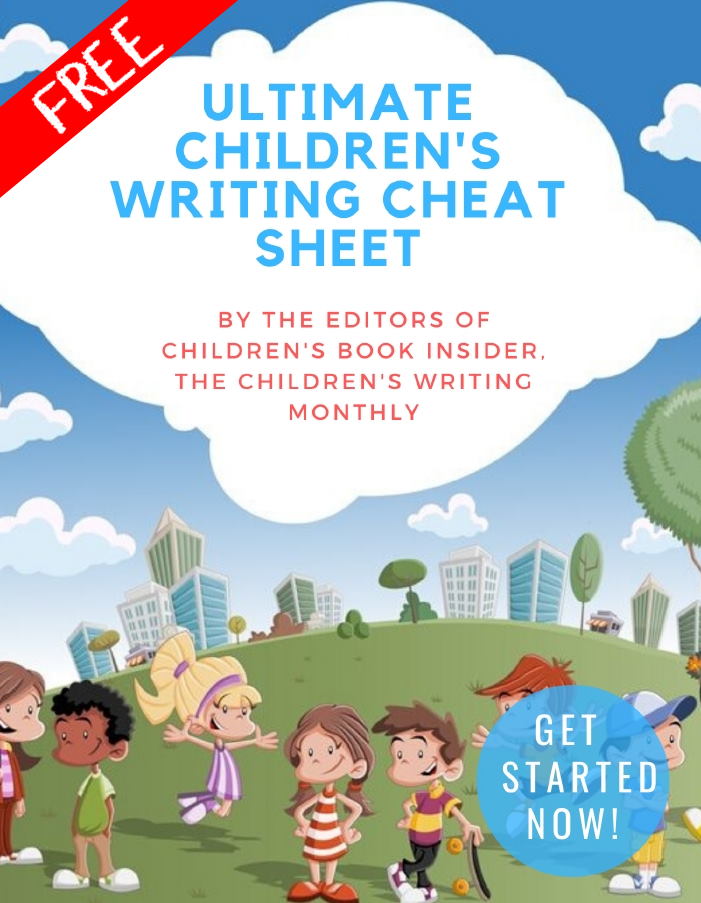
✏ Word Counts & Age Groups for Every Kidlit Category
✏ FAQs, Glossaries and Reading Lists
✏ Category-specific Tips, from Picture Books Through Young Adult Novels
✏ 5 Easy Ways to Improve Your Manuscript
✏ Writing For Magazines …and more!
This is a gift from the editors of Children’s Book Insider, and there’s no cost or obligation of any kind.
We will never spam you or share your personal information with anyone. Promise!
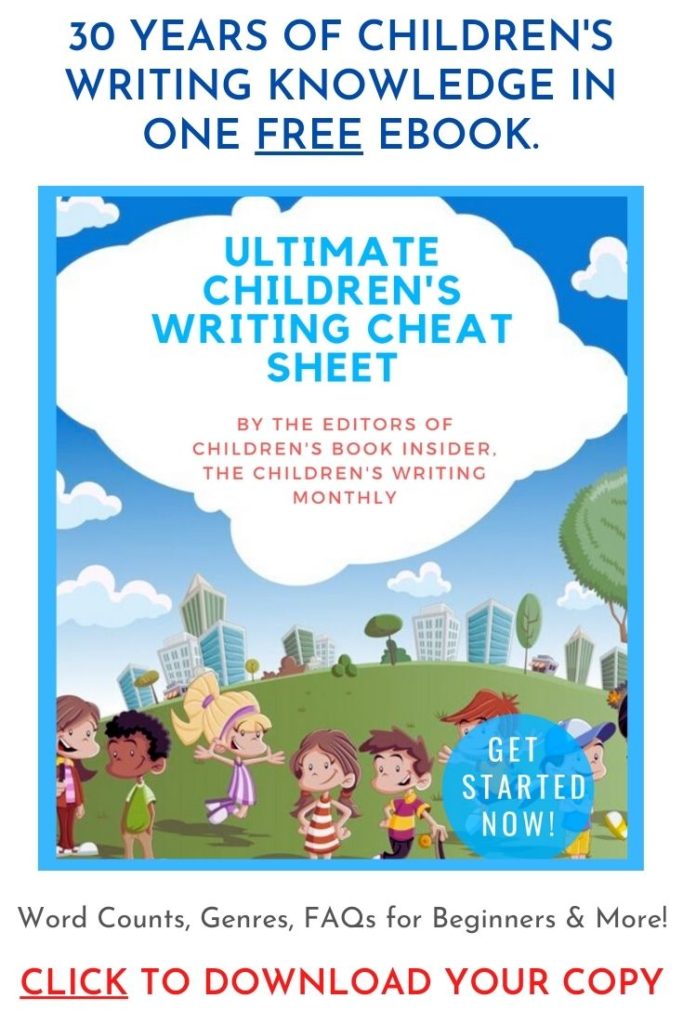
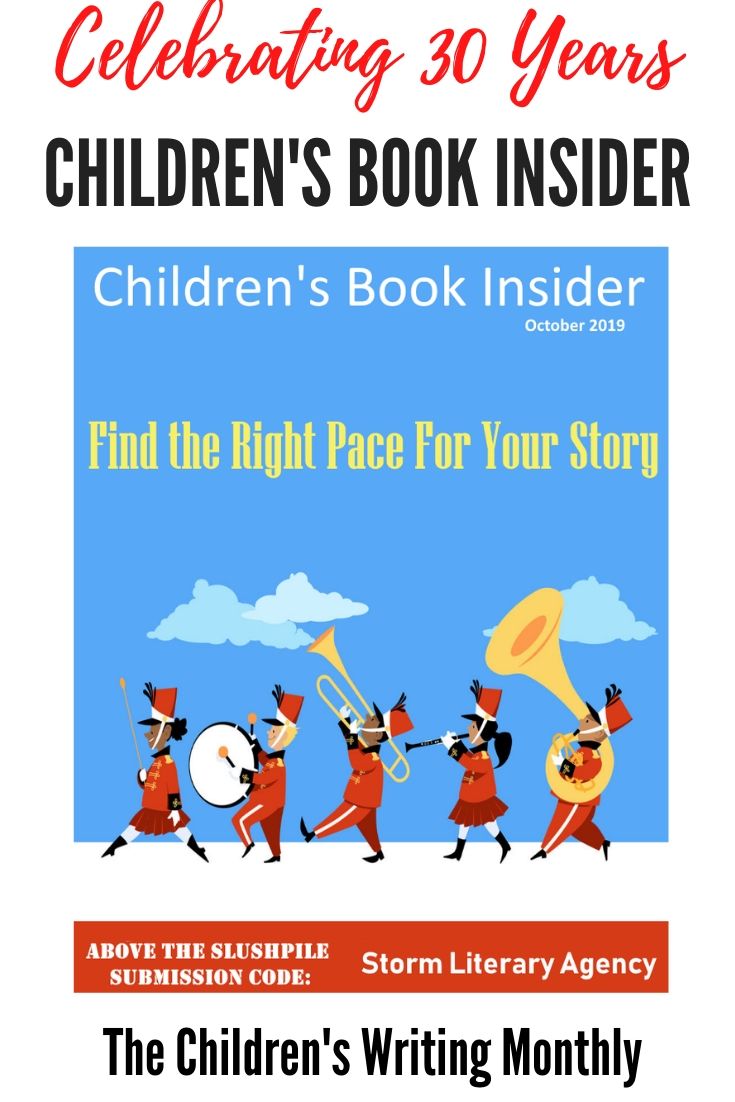
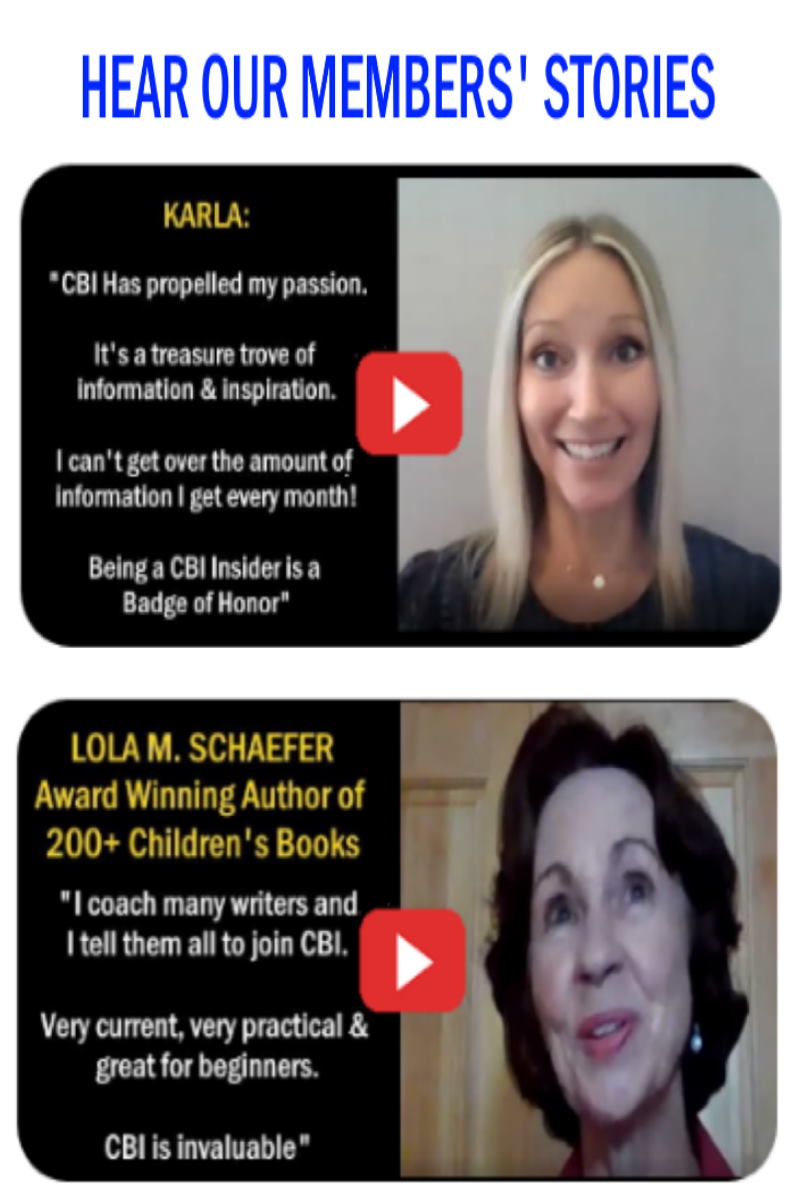
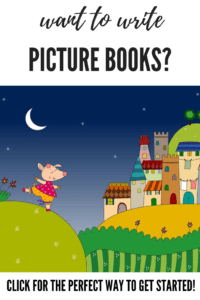


This is a necessary workshop as when I eavesdrop on kids and their conversations they speak with accents and leave out grammar that is correct, but if I spell it like they say it the self correct corrects it and it will not pass an agent of editor’s inspection. So it will be nice to hear what Teresa says to do in that instance or when a child says, “‘Spose ya don’t do what yer Mom says?”
Thanks for this workshop
What a great comment and helpful for us all!
What a good topic. Trying to find the way children talk now, is a problem so hearing about better realistic dialogue will be a boon. Thanks
Jane
This advice about dialogue w/ examples from mentor texts is one if your best posts. I hope you and Teresa will discuss how to write boy’s dialogue when you are a female. I struggle with boy voices in my MG writing. I cannot include talk of ” boggers” and bathroom talk easily and the teasing is painful too. Thanks for this extra advice on dialogue, such an important part of our writing!
As an artist I always find it amusing to listen to kids talk. Some sound so adult while others sound so innocent and naive. I am fascinated by the cartoony nature of some kids expressions. For instance, I once overheard two kids having a conversation in a park. One kid wanted to go to his house while the the other kid did not. He said, ” your house is like a million, million gazillion miles away.” I then thought to myself, “what a great line for a children’s book.
Very good subject.